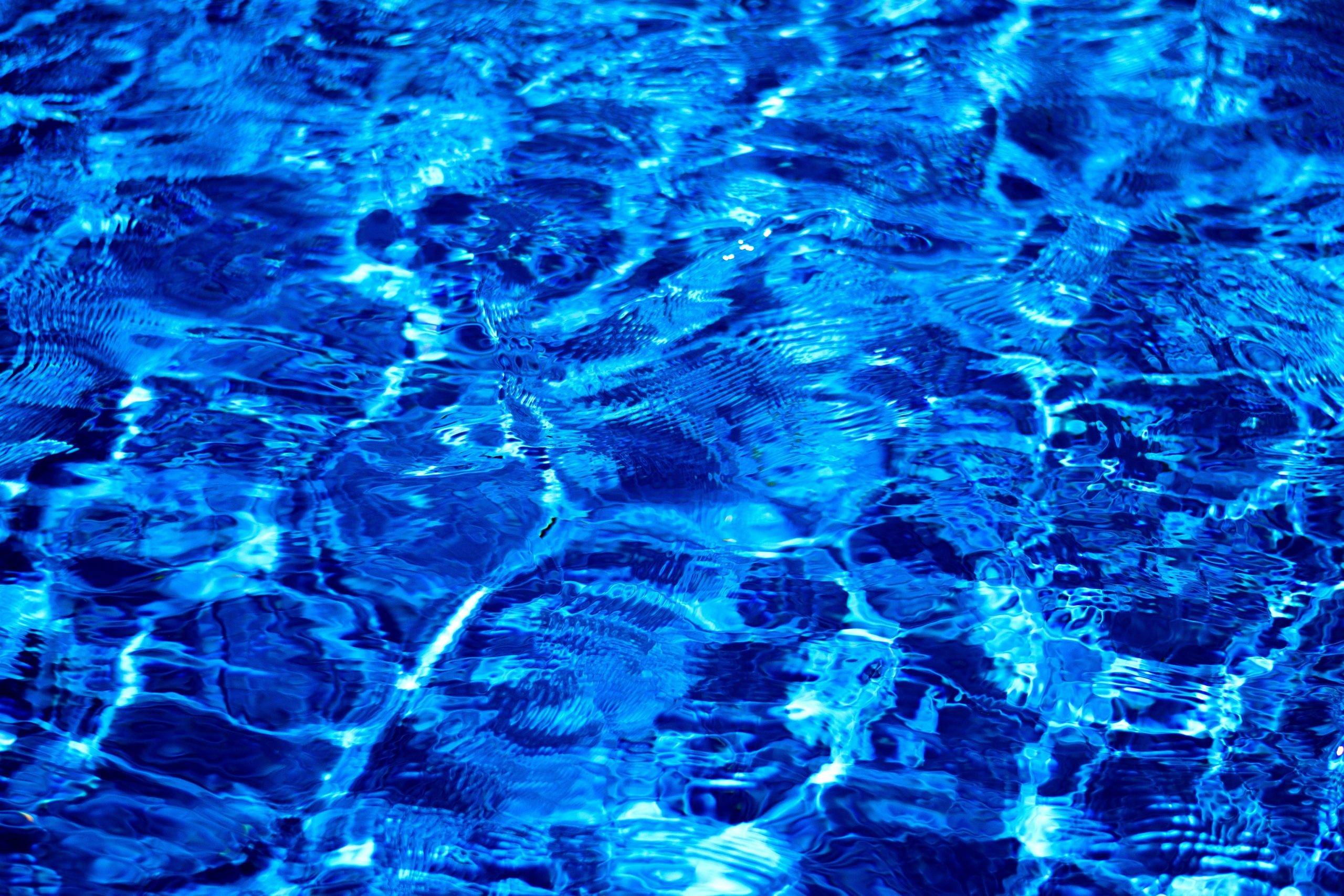Would like to hear from people who've used this
@superdave5599 …. As
@JamesW noted, there are many threads running about here in TFP that debate the Hotspot FPH, including merits, costs, ideas, downsides, etc. Including this thread that ran for about 9 years with over 14 pages and 260+ posts to the thread
Hotspot FPH AC heat reclamation pool heater - a review!
More recently I think someone summed it up rather well, like this: “It’s a nice system, but not for everyone”. I think the best use case applies to someone with no other pool heat, who has an older out-of-warranty AC system, and who is satisfied to extend the pool swimming season by about a month on each of the fall and spring – no matter where you live. That’s because you only use FPH when you are still running AC to cool the home but when nights are also cool enough that the pool needs heat. Back when I had a home and that use case, I really enjoyed the FPH. No matter where you live, you’re only extending the swim season – just for different months and durations depending on your climate, whether you use a cover, and plenty of other variables. I guess another use case also applies to those who, ignoring the ROI, wish to be very environmentally friendly – sorta like buying an EV wherein the ROI is less than compelling.
About the FPH ROI… While I’m sure there are exceptions for those willing to spend a ton on electricity or gas, “I think” very few of us heat the entire pool all winter long – except perhaps for special occasions. For me, in the very warm Southwest Florida, even with my presently installed 115K BTU electric “heat pump” pool heater, it’s too expensive to run it for well over $150/month as the months get coolest in December & January, sometimes November & February too. As noted, the same problem crops up with FPH, because we also don’t need the home cooling much during those same cooler months. So if I installed FPH today, to augment my 115K pool heater, my ROI might be about $300-$600 per year, and I still would not be swimming in December & January. So if I spent $5K on an FPH install, I could perhaps break even in 8-16 years ($5K/300 or $5K/600), assuming you keep the home and that ROI didn’t get train-wrecked by having to replace some of the system across that time period. It works, kind of, by saving me $300-$600 per year, but only if I didn’t already just sink another 5K or more on some other version of pool heat. With standard electric or gas heaters, of course nothing beats having the ability to heat the spa (and/or pool on special occasions) regardless of the weather. The logic goes round and round!
While that’s the ‘experiential’ version of ROI, I met an employee of BuiltRight recently who made the mathematical argument. My 3.5 ton central AC cools the home with 42K btu of cooling, probably more like 80% of that or 34K BTU. He simply argues that the FPH can do no better than that 34K BTU. If nitpicking I might argue that loss of 20% is actually
gained in terms of condenser heating, so perhaps 50KBTU. But even that will heat the pool at less than half the speed of a 115K BTU heater. It’s okay because you run the FPH for free whenever AC is on and pool wants heat, so the pool stays warm for free – until the weather causes so much pool heat loss that FPH can’t keep up.
@Belikin pointed out last year in
Hotspot FPH saved us during the hottest week so far this summer! the additional benefit of FPH in terms of allowing his central AC to run even when the condenser cooling fan was broken – that’s a cool benefit, even if very rarely needed – thanks
@Belikin. Contrasting that, I posted someplace awhile ago that I had the ‘opposite’ condition occur, wherein FPH called for FPH heat but my pump failed and it caused the AC condenser to overheat and shut down, since the FPH was not sensing flow. If you do install FPH I suggest adding the flow or pressure sensor in series with the main logic that calls for FPH heat to activate valves and relays.
Some DIY ideas were also passed around in the aforementioned threads. Of course the whole ROI can change drastically if you’re a total DIY enthusiast and equipped with an EPA608 HVAC/R certification and tools, or have same in a friend. Scrounge an old heat exchanger from a pool heater being tossed out, pick up a cheap knockoff of a refrigerant sporlan valve ($15 on temu), grab as needed refrigerant check valves, relays, and control logic and DIY the whole project for $500 or less. LOL. Happy decision making!


